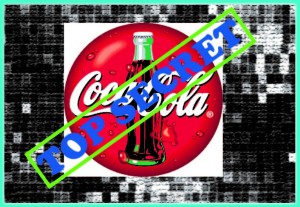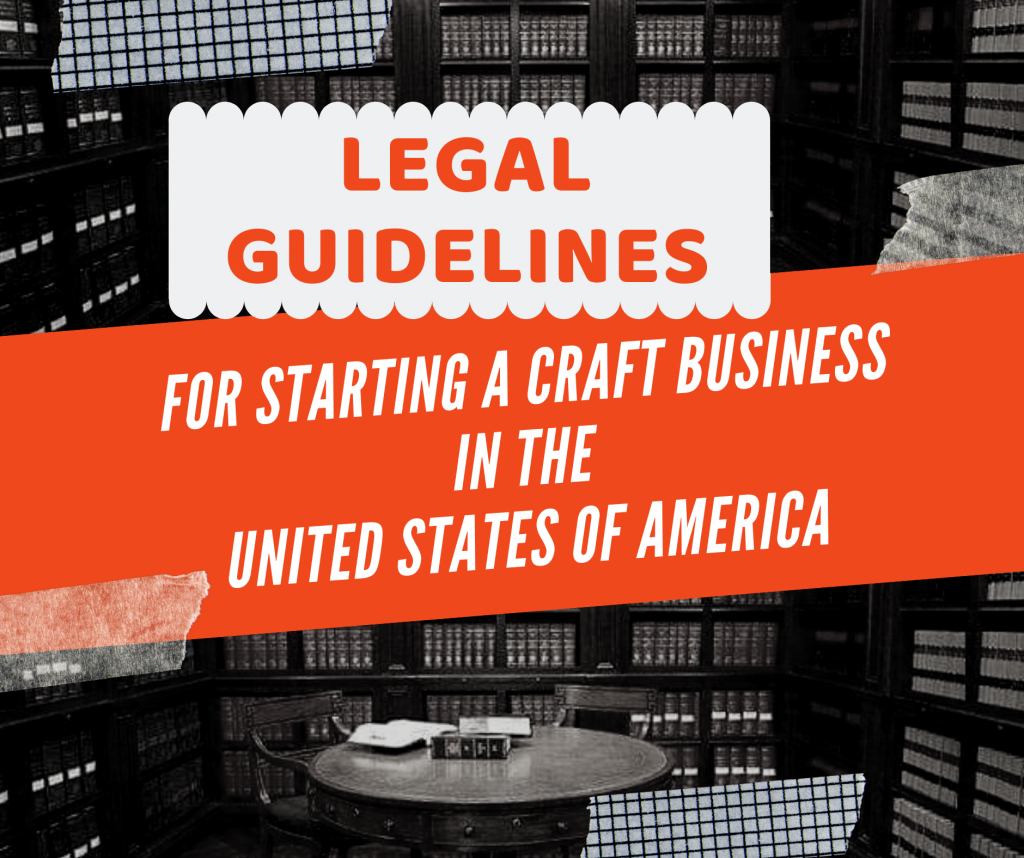
* Any purchase with the above link will earn the site advertisement fees.
WITH a brand value worth 56 billion dollars, Coca-Cola-the 4th most valuable brands in the world according to Forbes Magazine[i], is one of the bestselling carbonated soft drink beverage company in the world. As of March 17, 2016, the Market Cap of Coca-Cola is 195.01 Billion Dollars.[ii] John Pemberton, a medicine inventor, and a morphine addict created the formula of Coka-Cola in the late 19th century. But it was businessmen Asa Griggs Candler, whose innovative ideas and marketing tactics led Coca-Cola to dominate the world beverage industries throughout the 20th century and beyond.
A safely guarded recipe, which produced a distinctive and refreshing soft drink, turned Coca-Cola into a billion-dollar company. The whole business of this company centered around its unique recipe. Thus the company gave tremendous effort in keeping this recipe a secret and till now it is one of the closely guarded and best-kept secrets in the business world. Coca-Cola’s Secret Formula is the lifeblood for their business.

Looking to start a Craft Business in the US..!!
Coca-Cola company instead of using patent legislation to protect its business interest opted for trade secret protection and decided to keep the recipe of their product as a secret to safeguard its advantage over other competitors. And this brilliant idea turned the fortunes of the company in a way that very few could have predicted at the time.
The scope of trade secrets is much wider compared to that of patents. There is a qualitative test for patent protection but any information which is not known to the general public and is of advantage for the business can be protected as trade secrets. Although with Article 39 of the TRIPS Agreement 1995 international standards for the protection of trade secrets were established, patent still holds more statutory legal protection.
Unlike patent laws, there is no need to file an application to any government office for keeping a trade secret as it requires less legal formalities. However, in this case, the company must follow certain procedures. It must maintain and make sufficient effort to keep the trade secret a secret. One normal procedure is to make non-disclosure agreements with the employees. But it is a safer option for the companies to keep trade secret as closely safeguarded as possible.
The Coca-Cola company put in a lot of effort to keep the formula a secret. One rumor has it that only two Coca-Cola executives know the beverage’s secret formula at a time but each knows only the half and they are never allowed to travel in the same plane. Although the Coca-Cola company has not revealed the number of people that know their secret formula but keeping in mind the amount of production they make, it is unlikely that only two people know this secret at the same time.
From the outset, the formula was shared with only a small group and it was never written down. It was only when Ernest Woodruff and a group of investors purchased the company from Candler and his family in 1919, Woodruff insisted Candler’s son write down the formula so that he could use it as collateral for a loan arrangement. The written formula was placed in the Guaranty Bank’s vault in New York until the loan was repaid. Then in 1925 Coca-Cola placed the secret formula in a vault at SunTrust Bank. And in December 2011, at the occasion of its 125th anniversary, the vault was moved to World of Coca-Cola at Atlanta, where it can be viewed by the public in a permanent exhibit.
The logic behind ignoring patent protection was that if patented, it would have got the protection for only 17 years under the Patent Act of 1836 (35 U.S. Code) which was only extended to 20 years in 1995 under The Uruguay Round Agreements Act for bringing conformity with the TRIPs agreement. But trade secrets can be held for eternity. In addition, in the case of patent protection, a detailed description of the invention is mandatory under specifications. So the company would have been forced to reveal its secret recipe and after the expiry of the protection period, any other company would have been able to use the formula to recreate the same drink and sell in the market. This point was ably explained in the Prefatory Note of Uniform Trade Secrets Act with the 1985 Amendment by stating,
“A valid patent provides a legal monopoly for seventeen years in exchange for public disclosure of an invention. If, however, the courts ultimately decide that the Patent Office improperly issued a patent, an invention will have been disclosed to competitors with no corresponding benefit. In view of the substantial number of patents that are invalidated by the courts, many businesses now elect to protect commercially valuable information through reliance upon the state law of trade secret protection.”[iii]
The Coca-Cola company thus felt that keeping the formula as a trade secret would serve its purpose best as they predicted a perpetual demand for their product. The current formula remains a secret for over a century now and is the best-kept trade secret in the world.
However, in keeping this secret Coca-Cola company faced a lot of challenges as well. In 1977 Coca-Cola decided to stop its production in India when under the Indian Foreign Exchange Regulation Act (FERA) it required to disclose its formula and collaborate with an Indian company. It only came back when India decided to change its policy after an absence of 17 long years.
The biggest controversy was when in 2006 some of its employees tried to sell its secrets to its rival company PepsiCo. Fortunately, PepsiCo immediately notified Coca-Cola about the infringement and later on also reported this to the FBI. PepsiCo received a letter from an individual named ‘Drik’ in an official envelope of Coca-Cola, where Drik has mentioned that he has very detailed and confidential information about a new product of Coca-Cola and willing to trade for it. After investigation, the FBI arrested three persons associated with the disclosure of trade secrets. Ibrahim Dimson, Edmund Duhaney, and Joya Williams were arrested and charged for this incident.
Williams was caught in the video surveillance while searching for confidential information and also caught putting a new Coca-Cola product sample into her bag, which the authority later verified as a genuine sample product under development.
Joya Williams received an eight-year prison term while Ibrahim Dimson got a five-year term and the third defendant, Edmund Duhaney has been sentenced to two years in prison for conspiring to steal trade secrets from the Coca-Cola Co. and sell them to rival PepsiCo Inc.
After the incident, CEO of Coca-Cola Neville Isdell said in a memo to company employees, “While this breach of trust is difficult for all of us to accept, it underscores the responsibility we each have to be vigilant in protecting our trade secrets. Information is the lifeblood of the company.” So when any of us is drinking a Coka-Cola, we are not only enjoying the refreshing taste of a world famous soft drink but also a secret which is the lifeblood of the company and has been guarded for over a century.
[i] http://www.forbes.com/powerful-brands/list/ (last visited: March 18, 2016)
[ii] http://www.marketwatch.com/investing/stock/ko (last visited: March 18, 2016)
[iii] Uniform Trade Secrets Act with 1985 amendments, Prefatory Note, Approved by the American Bar Association Baltimore, Maryland, February 11, 1986.
Md. Moniruzzaman
Latest posts by Md. Moniruzzaman (see all)
- No condonation of delay in appeal filed by complainant against acquittal - January 22, 2023
- High Court Division can Award Costs in Exercising its Inherent Power - April 27, 2019
- Personal Data Protection in Bangladesh and GDPR - March 25, 2019
Need more informations, some words are critical to understand please use simple words to understsand.